Are blood thinners safe. Blood Thinners: Benefits, Risks, and Safe Usage Guide
What are blood thinners and how do they work. Who needs blood thinners and what are the potential side effects. How to manage side effects of blood thinners and when to seek medical attention. Are blood thinners safe during pregnancy.
Understanding Blood Thinners: Types and Mechanisms
Blood thinners are medications designed to prevent blood clot formation and promote smooth blood flow through veins and arteries. Despite their name, these drugs don’t actually thin the blood. Instead, they interfere with the body’s clotting process, reducing the risk of dangerous clots that can lead to heart attacks and strokes.
There are two main categories of blood thinners:
- Anticoagulants: These medications prevent blood from clotting or forming solid clumps of cells. Examples include warfarin, heparin, and newer drugs like apixaban and rivaroxaban.
- Antiplatelets: These target platelets, tiny blood particles involved in clotting. Common antiplatelets include aspirin, clopidogrel, and ticagrelor.
How do blood thinners work?
Anticoagulants function by interfering with the body’s clotting process. Some, like warfarin, compete with vitamin K in the liver, which is essential for producing clotting factors. Antiplatelets, on the other hand, prevent platelets from sticking together and adhering to blood vessel walls, thus inhibiting clot formation.
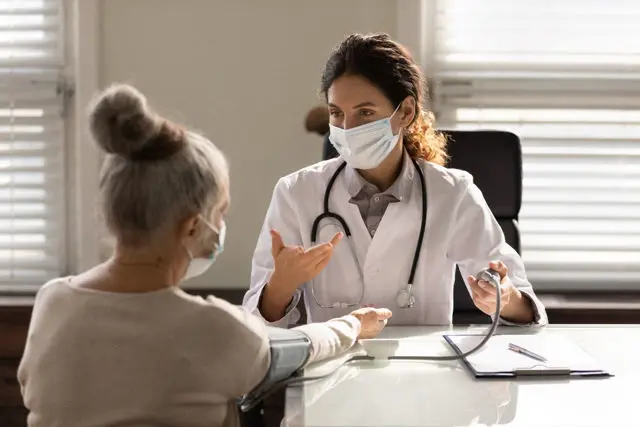
Who Needs Blood Thinners? Indications and Risk Factors
Approximately 2 to 3 million people take blood thinners annually. These medications are often prescribed to individuals who have experienced or are at risk of experiencing certain medical conditions.
You may need blood thinners if you:
- Have had a heart attack or stroke
- Suffer from heart or blood vessel disease
- Have an irregular heart rhythm (such as atrial fibrillation)
- Have been diagnosed with lupus
- Have experienced deep vein thrombosis (DVT)
- Are overweight
- Have recently undergone surgery
- Have an artificial heart valve
The duration of blood thinner treatment varies. Some patients may only need them for a few months, while others with ongoing health issues may require long-term use.
Side Effects and Risks of Blood Thinners
While blood thinners offer significant benefits in preventing life-threatening clots, they also come with potential risks and side effects. The primary concern is an increased risk of bleeding, as these medications interfere with the body’s natural clotting process.

What are the most common side effects of blood thinners?
The most frequent side effects include:
- Excessive bleeding from minor cuts or bruises
- Heavier menstrual periods
- Blood in urine or stool
- Nosebleeds or bleeding gums
- Dizziness or weakness
- Severe headaches or stomach aches
In rare cases, long-term use of certain blood thinners like heparin may lead to decreased bone strength, increasing the risk of fractures. Another uncommon but serious side effect of warfarin is necrosis, where skin tissue begins to die.
Managing Side Effects and Staying Safe on Blood Thinners
If you’re prescribed blood thinners, it’s crucial to work closely with your healthcare provider to manage potential risks and side effects. Here are some key strategies:
How can patients reduce the risk of complications while on blood thinners?
- Regular monitoring: If you’re taking warfarin, you’ll need frequent blood tests to ensure your medication levels are appropriate.
- Exercise caution: Be extra careful during activities that could lead to injury, as even minor cuts or bruises can bleed excessively.
- Inform all healthcare providers: Make sure all your doctors, including your dentist, know you’re on blood thinners.
- Watch for interactions: Certain medications and supplements can interact with blood thinners. Always consult your doctor before starting any new treatments.
- Know the warning signs: Familiarize yourself with symptoms of excessive bleeding and seek immediate medical attention if they occur.
When to Seek Medical Attention
While on blood thinners, it’s essential to be vigilant about potential complications. Knowing when to seek medical help can be lifesaving.

Under what circumstances should patients on blood thinners contact their doctor immediately?
Contact your healthcare provider right away if you experience:
- A fall or head injury, even if there’s no visible bleeding
- Unusual or excessive bleeding
- Severe headaches or abdominal pain
- Persistent dizziness or weakness
- Coughing or vomiting blood
- Unusually heavy menstrual periods
In case of severe bleeding while on warfarin, doctors can administer vitamin K or a combination of prothrombin complex concentrate (PCC) and fresh frozen plasma as an antidote. For newer anticoagulants, specific reversal agents like andexanet alfa (for apixaban and rivaroxaban) and idarucizumab (for dabigatran) are available for emergency situations.
Blood Thinners and Pregnancy: Special Considerations
The use of blood thinners during pregnancy requires careful consideration and close medical supervision. While some blood thinners can pose risks to the developing fetus, in certain cases, the benefits may outweigh the potential dangers.

Are blood thinners safe during pregnancy?
The safety of blood thinners during pregnancy depends on the specific medication:
- Warfarin: Generally avoided during pregnancy, especially in the first trimester, due to potential birth defects.
- Heparin and low-molecular-weight heparin: Considered safer options as they don’t cross the placenta.
- Newer anticoagulants: Limited data on safety during pregnancy; generally not recommended.
Pregnant women who require anticoagulation should discuss their options with a healthcare provider specializing in high-risk pregnancies. In some cases, switching to a different blood thinner or adjusting the dosage may be necessary.
Interactions and Precautions: Navigating Daily Life on Blood Thinners
Managing life on blood thinners extends beyond monitoring for side effects. It’s crucial to be aware of potential interactions with other substances and to take precautions in daily activities.
What substances can interact with blood thinners?
Several medications and supplements can interact with blood thinners, either increasing or decreasing their effectiveness:
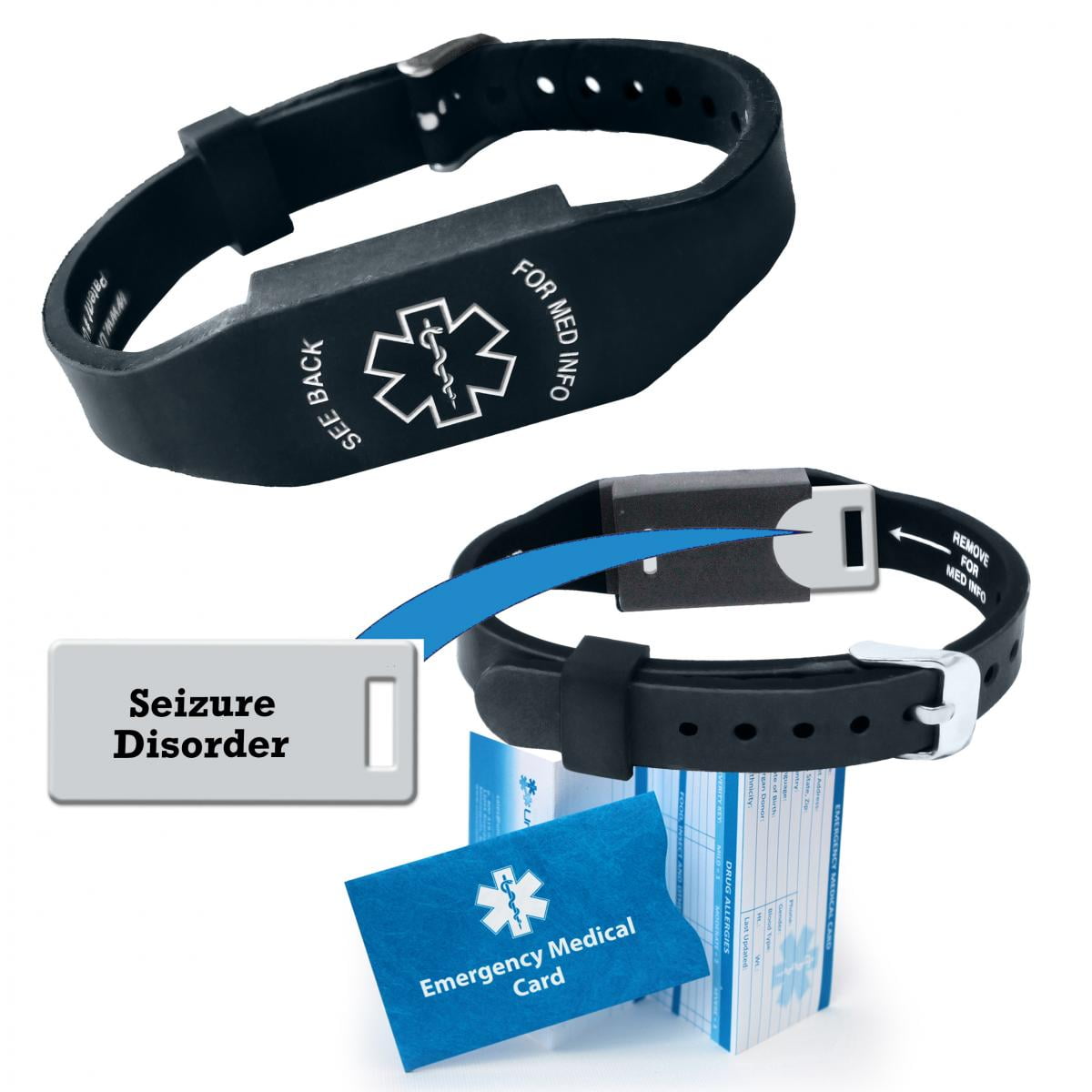
- Over-the-counter pain relievers (e.g., aspirin, ibuprofen)
- Some antibiotics
- Certain antidepressants
- Vitamin K-rich foods (for those on warfarin)
- Herbal supplements (e.g., garlic, ginkgo biloba, St. John’s wort)
- Alcohol
Always consult your healthcare provider before starting or stopping any medication or supplement while on blood thinners.
How can patients on blood thinners safely engage in physical activities?
While it’s important to stay active, patients on blood thinners should take certain precautions:
- Avoid high-impact sports or activities with a high risk of injury
- Wear protective gear during physical activities
- Be cautious when using sharp tools or machinery
- Consider wearing a medical alert bracelet
- Inform coaches or fitness instructors about your medication
By taking these precautions, patients can maintain an active lifestyle while minimizing risks associated with blood thinners.
Advancements in Blood Thinner Treatments: Looking to the Future
The field of anticoagulation therapy is continually evolving, with researchers working to develop safer and more effective blood thinners. Recent advancements have focused on creating medications with fewer side effects and easier management.

What are some recent developments in blood thinner treatments?
Several notable advancements include:
- Direct oral anticoagulants (DOACs): Newer drugs like apixaban and rivaroxaban offer more predictable anticoagulation effects and require less monitoring than traditional options like warfarin.
- Reversal agents: The development of specific antidotes for newer anticoagulants has improved safety profiles and management of bleeding complications.
- Personalized medicine approaches: Genetic testing to determine individual responses to blood thinners, allowing for more tailored treatment plans.
- Novel antiplatelet therapies: Research into new antiplatelet drugs with improved efficacy and reduced bleeding risks.
These advancements are promising for improving the safety and effectiveness of blood thinner treatments in the future.
Patient Education and Self-Management: Keys to Successful Anticoagulation Therapy
Effective use of blood thinners relies heavily on patient education and active participation in care. Understanding the medication, its effects, and potential risks empowers patients to manage their treatment more effectively.
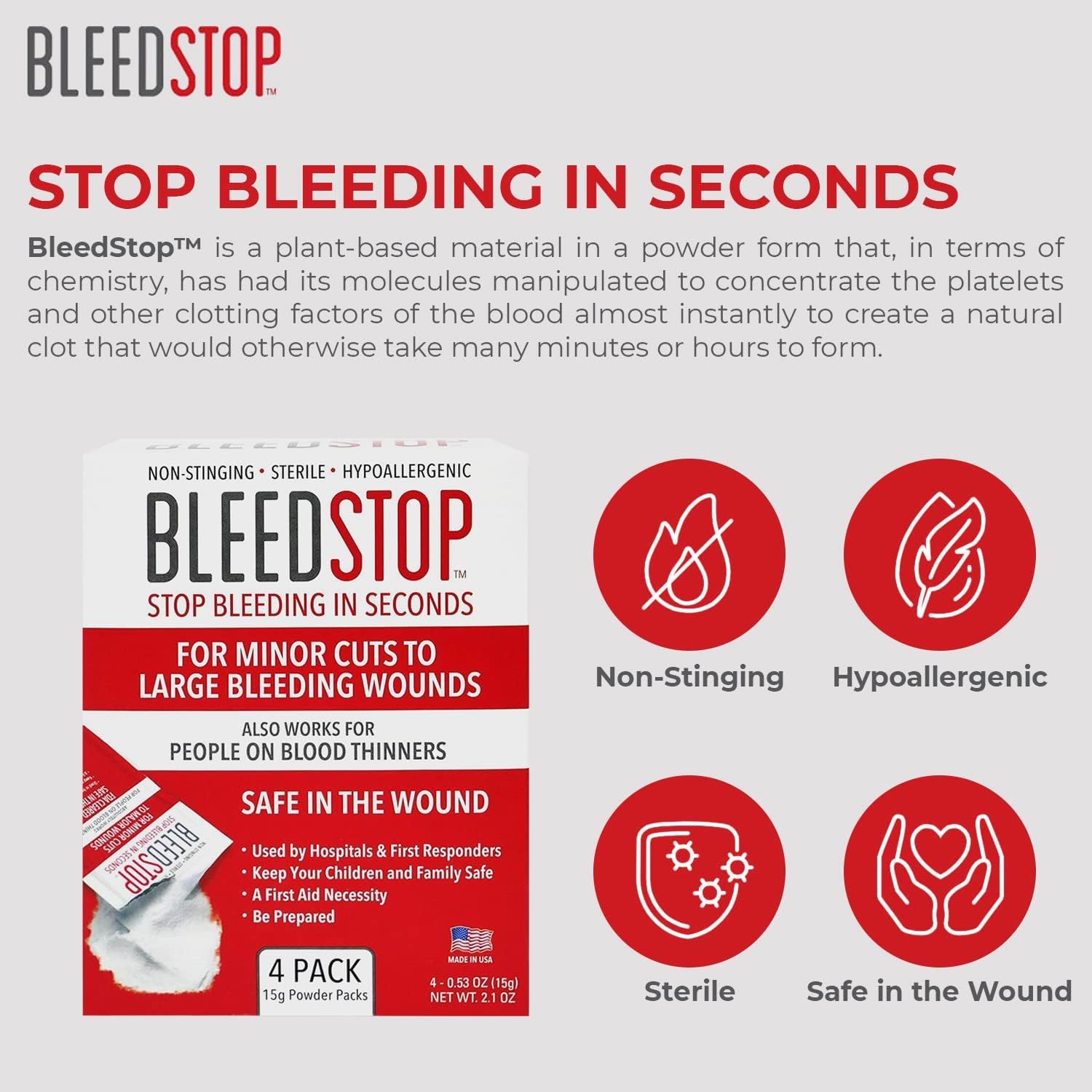
How can patients actively participate in their anticoagulation therapy?
Here are some strategies for successful self-management:
- Learn about your medication: Understand how it works, potential side effects, and necessary precautions.
- Maintain a consistent diet: For those on warfarin, consistency in vitamin K intake is crucial.
- Keep a medication diary: Track your doses, any side effects, and upcoming medical appointments.
- Develop a routine: Take your medication at the same time each day to ensure consistency.
- Prepare for travel: Discuss any travel plans with your healthcare provider and carry sufficient medication.
- Stay informed: Keep up with new developments in anticoagulation therapy.
By actively engaging in their care, patients can maximize the benefits of blood thinners while minimizing potential risks.
Blood thinners play a crucial role in preventing life-threatening conditions like heart attacks and strokes. While they come with potential risks, proper management and close collaboration with healthcare providers can help patients safely benefit from these important medications. As research continues to advance, we can look forward to even safer and more effective anticoagulation therapies in the future.
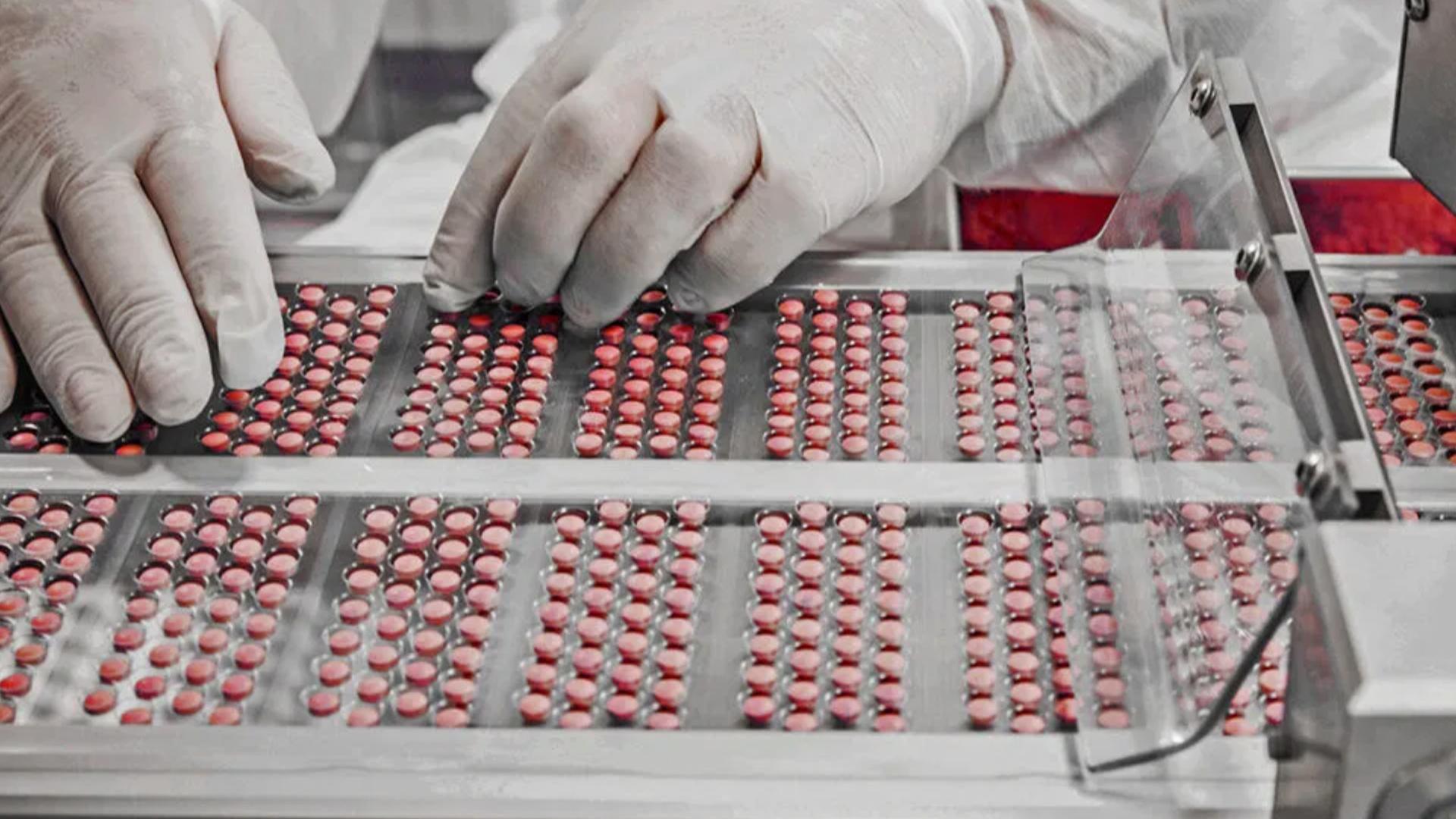
Benefits, Risks, and How to Use Them
Written by WebMD Editorial Contributors
- Types of Blood Thinners
- How Blood Thinners Work
- Who Needs Blood Thinners?
- Side Effects of Blood Thinners
- How to Manage Side Effects
- When to Call Your Doctor
- Blood Thinners and Pregnancy
- More
Blood thinners are medicines that help blood flow smoothly through your veins and arteries. They keep blood clots from forming or getting bigger. They’re used to treat some types of heart disease and heart defects, along with other conditions that could raise your risk of forming dangerous clots.
These drugs help protect against heart attacks and strokes. But they also come with risks: For example, they’ll cause you to bleed more than usual if you cut yourself.
The lifesaving benefits of these drugs often outweigh the potential dangers. But it’s important to learn about both before you start taking them.
There are two. The first is called anticoagulants. These keep your blood from clotting or turning into solid clumps of cells that stick together. Most come in pill form, but some are given as a shot or as an IV through one of your veins. Some of the more widely known anticoagulants include:
The first is called anticoagulants. These keep your blood from clotting or turning into solid clumps of cells that stick together. Most come in pill form, but some are given as a shot or as an IV through one of your veins. Some of the more widely known anticoagulants include:
- Apixaban (Eliquis)
- Dabigatran(Pradaxa)
- Dalteparin(Fragmin)
- Edoxaban (Savaysa)
- Enoxaparin (Lovenox)
- Fondaparinux(Arixtra)
- Heparin (Innohep)
- Rivaroxaban (Xarelto)
- Warfarin (Coumadin, Jantoven)
The second class of blood thinners is called antiplatelets. These target tiny particles in the blood called platelets. They come in pill form and include:
- Aspirin
- Cilostazol
- Clopidogrel (Plavix)
- Dipyridamole (Persantine)
- Eptifibatide (Integrilin)
- Prasugrel (Effient)
- Ticagrelor (Brilinta)
- Tirofiban (Aggrastat)
- Vorapaxar (Zontivity)
Blood thinners don’t actually make your blood thinner. Nor can they break up clots. But they do keep new clots from forming. They can also slow the growth of existing ones.
Nor can they break up clots. But they do keep new clots from forming. They can also slow the growth of existing ones.
Some anticoagulants do this by competing with vitamin K from the liver. Your body needs this to make proteins called clotting factors. These help blood cells and platelets (tiny pieces of blood cells) bind together.
Antiplatelets keep platelets from sticking to each other and to the walls of blood vessels, forming clots. These drugs are weaker than anticoagulants. They’re often prescribed to people at risk for future blood clots, rather than to treat existing ones.
About 2 million to 3 million people take blood thinners every year. You may need them if you’ve already had a heart attack or a stroke, since they can lower your risk of having a second one.
You may also need blood thinners if you have a heart or blood vessel disease, an irregular heart rhythm, lupus, or deep vein thrombosis (DVT). That’s a dangerous type of blood clot that often forms in the leg. Your risk of getting blood clots is also higher if you’re overweight, you’ve recently had surgery, or you have an artificial heart valve.
Your risk of getting blood clots is also higher if you’re overweight, you’ve recently had surgery, or you have an artificial heart valve.
Some people only need blood thinners for a few months. But if you have ongoing health problems, you may need to take them long-term.
Clotting isn’t always a bad thing. When you cut yourself, that’s what seals your wound and keeps you from losing too much blood. But blood thinners prevent clotting. So even tiny cuts or bruises will bleed a lot more if you take these drugs.
You should be very careful when taking part in activities that could cause any type of injury. Call your doctor right away if you fall or hit your head. Even if you don’t tear your skin, you could bleed internally.
Let your doctor know right away if you notice any signs of unusual bleeding, like:
- Heavier-than-normal menstrual periods
- Blood in your pee or poop
- Bleeding from your gums or nose
- Vomiting or coughing up blood
- Dizziness
- Weaknesses
- A severe headache or stomachache
You may lose bone strength if you take heparin for a long time.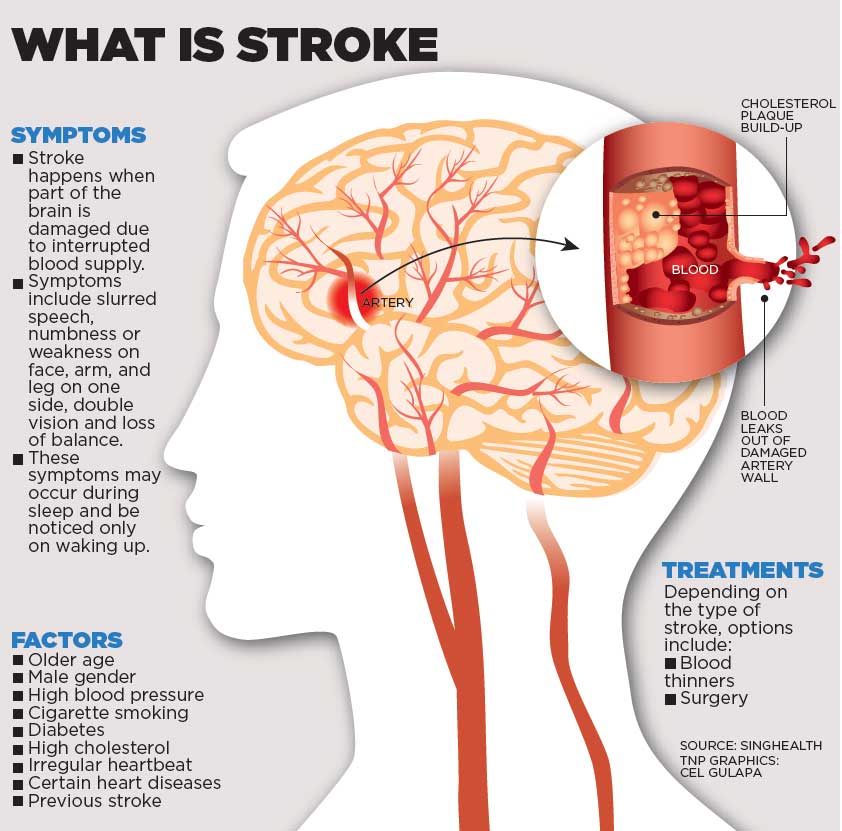 This raises your chances of breaking a bone. Another serious, but less common, side effect of warfarin is necrosis. That’s when your skin starts to die.
This raises your chances of breaking a bone. Another serious, but less common, side effect of warfarin is necrosis. That’s when your skin starts to die.
If you take an anticoagulant like warfarin, you’ll need regular blood tests so your doctor can adjust your levels if needed. Ask them about other steps you should take to stay safe while you’re on this medication.
If you get a dangerous bleeding problem while taking warfarin, doctors can turn to an “antidote” of vitamin K or a combination of prothrombin complex concentrate (PCC) and fresh frozen plasma to stop it. In addition, approval has been given for using a reversal agent like andexanet alfa (Andexxa) to reverse the anti-clotting effects of apixaban (Eliquis) and rivaroxaban (Xarelto), or idarucizumab (Praxbind) to reverse the anti-clotting effects of dabigatran etexilate (Pradaxa) in emergencies.
Other medicines and supplements, including over-the-counter ones, can interfere with these drugs. Tell all of your doctors, including your dentist, that you’re taking a blood thinner.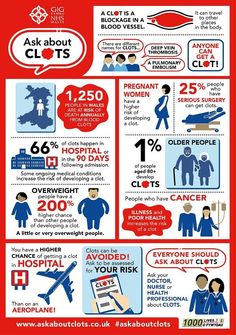 Don’t start any new medicines without their OK.
Don’t start any new medicines without their OK.
And remember that what you eat is also very important. Some foods – like green, leafy vegetables – contain vitamin K. This can counteract blood thinners. Ask your doctor if you’re not sure a certain food or drink is safe.
Get your blood checked often if you’re on warfarin or heparin. This is an international normalized ratio (INR) test. It tells you how long it takes your blood to clot.
You can also try to stop uncontrollable bleeding before it starts. Here are a few tips:
- Use a soft toothbrush and waxed dental floss.
- Use an electric razor.
- Don’t trim corns or calluses.
- Wear gloves when you do yard work or use sharp tools.
- Wear a helmet when bike riding.
- Do low-impact sports like walking or swimming.
Other tips include:
Pay attention to how much vitamin K you’re getting. It helps your blood clot. But too much can stop warfarin from working.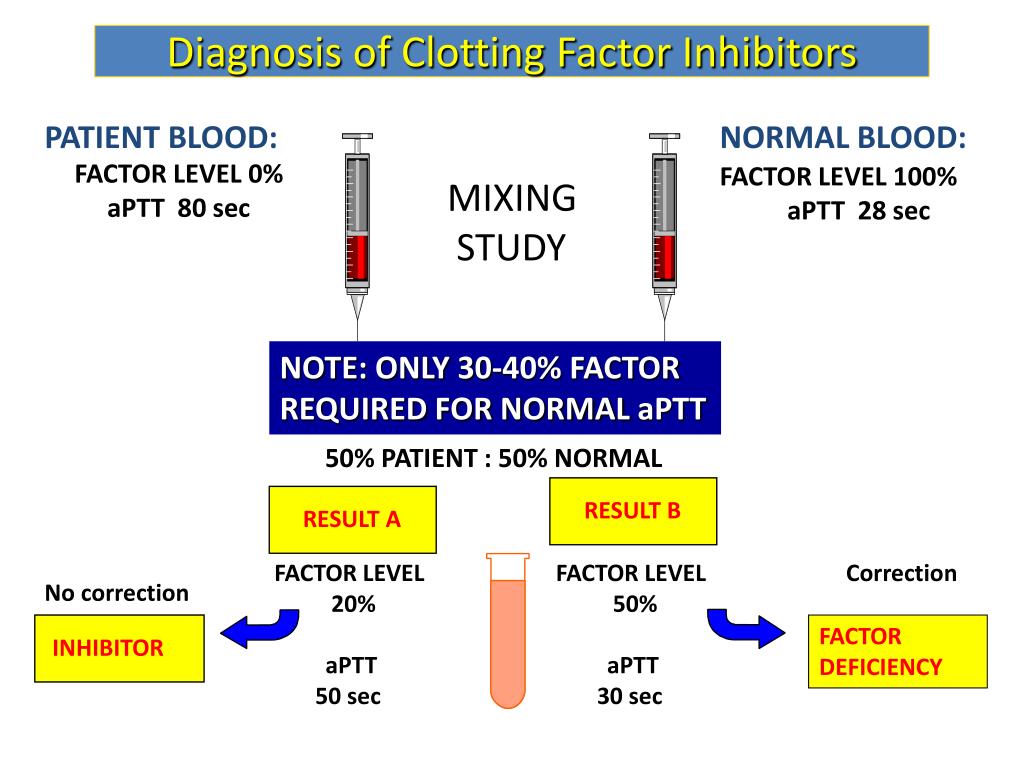 Talk to your doctor to find the right balance.
Talk to your doctor to find the right balance.
Don’t drink too much alcohol. This raises your risk of bleeding. One to two drinks a day is a safe amount.
Tell peopleyou’re on a blood thinner. Wear a medical alert bracelet or carry a card with your medications on it. Make sure your doctor, dentist, and other health care providers know. Tell them if you also take herbal supplements or vitamins.
Call your doctor right away if you have any of these symptoms. You may have a blood clot. They include:
- Blurred vision
- Chest pain
- Severe weakness or dizziness
- Tingly hands, feet, or face
- Can’t move
- Swollen or red arms, calves, or feet
Some are considered safe to take during pregnancy. Others aren’t. Talk to your doctor if you’re on blood thinners and thinking about having a baby. They’ll let you know the next steps. If you’re already pregnant, double check with your doctor to make sure the blood thinner you’re on won’t harm the baby.
Top Picks
Benefits, Risks, and How to Use Them
Written by WebMD Editorial Contributors
- Types of Blood Thinners
- How Blood Thinners Work
- Who Needs Blood Thinners?
- Side Effects of Blood Thinners
- How to Manage Side Effects
- When to Call Your Doctor
- Blood Thinners and Pregnancy
- More
Blood thinners are medicines that help blood flow smoothly through your veins and arteries.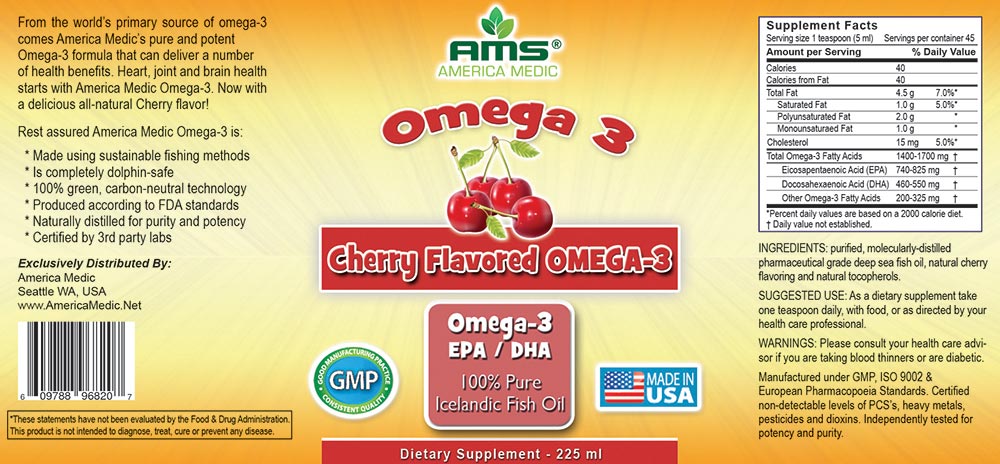 They keep blood clots from forming or getting bigger. They’re used to treat some types of heart disease and heart defects, along with other conditions that could raise your risk of forming dangerous clots.
They keep blood clots from forming or getting bigger. They’re used to treat some types of heart disease and heart defects, along with other conditions that could raise your risk of forming dangerous clots.
These drugs help protect against heart attacks and strokes. But they also come with risks: For example, they’ll cause you to bleed more than usual if you cut yourself.
The lifesaving benefits of these drugs often outweigh the potential dangers. But it’s important to learn about both before you start taking them.
There are two. The first is called anticoagulants. These keep your blood from clotting or turning into solid clumps of cells that stick together. Most come in pill form, but some are given as a shot or as an IV through one of your veins. Some of the more widely known anticoagulants include:
- Apixaban (Eliquis)
- Dabigatran(Pradaxa)
- Dalteparin(Fragmin)
- Edoxaban (Savaysa)
- Enoxaparin (Lovenox)
- Fondaparinux(Arixtra)
- Heparin (Innohep)
- Rivaroxaban (Xarelto)
- Warfarin (Coumadin, Jantoven)
The second class of blood thinners is called antiplatelets. These target tiny particles in the blood called platelets. They come in pill form and include:
These target tiny particles in the blood called platelets. They come in pill form and include:
- Aspirin
- Cilostazol
- Clopidogrel (Plavix)
- Dipyridamole (Persantine)
- Eptifibatide (Integrilin)
- Prasugrel (Effient)
- Ticagrelor (Brilinta)
- Tirofiban (Aggrastat)
- Vorapaxar (Zontivity)
Blood thinners don’t actually make your blood thinner. Nor can they break up clots. But they do keep new clots from forming. They can also slow the growth of existing ones.
Some anticoagulants do this by competing with vitamin K from the liver. Your body needs this to make proteins called clotting factors. These help blood cells and platelets (tiny pieces of blood cells) bind together.
Antiplatelets keep platelets from sticking to each other and to the walls of blood vessels, forming clots. These drugs are weaker than anticoagulants. They’re often prescribed to people at risk for future blood clots, rather than to treat existing ones.
About 2 million to 3 million people take blood thinners every year. You may need them if you’ve already had a heart attack or a stroke, since they can lower your risk of having a second one.
You may also need blood thinners if you have a heart or blood vessel disease, an irregular heart rhythm, lupus, or deep vein thrombosis (DVT). That’s a dangerous type of blood clot that often forms in the leg. Your risk of getting blood clots is also higher if you’re overweight, you’ve recently had surgery, or you have an artificial heart valve.
Some people only need blood thinners for a few months. But if you have ongoing health problems, you may need to take them long-term.
Clotting isn’t always a bad thing. When you cut yourself, that’s what seals your wound and keeps you from losing too much blood. But blood thinners prevent clotting. So even tiny cuts or bruises will bleed a lot more if you take these drugs.
You should be very careful when taking part in activities that could cause any type of injury. Call your doctor right away if you fall or hit your head. Even if you don’t tear your skin, you could bleed internally.
Call your doctor right away if you fall or hit your head. Even if you don’t tear your skin, you could bleed internally.
Let your doctor know right away if you notice any signs of unusual bleeding, like:
- Heavier-than-normal menstrual periods
- Blood in your pee or poop
- Bleeding from your gums or nose
- Vomiting or coughing up blood
- Dizziness
- Weaknesses
- A severe headache or stomachache
You may lose bone strength if you take heparin for a long time. This raises your chances of breaking a bone. Another serious, but less common, side effect of warfarin is necrosis. That’s when your skin starts to die.
If you take an anticoagulant like warfarin, you’ll need regular blood tests so your doctor can adjust your levels if needed. Ask them about other steps you should take to stay safe while you’re on this medication.
If you get a dangerous bleeding problem while taking warfarin, doctors can turn to an “antidote” of vitamin K or a combination of prothrombin complex concentrate (PCC) and fresh frozen plasma to stop it. In addition, approval has been given for using a reversal agent like andexanet alfa (Andexxa) to reverse the anti-clotting effects of apixaban (Eliquis) and rivaroxaban (Xarelto), or idarucizumab (Praxbind) to reverse the anti-clotting effects of dabigatran etexilate (Pradaxa) in emergencies.
In addition, approval has been given for using a reversal agent like andexanet alfa (Andexxa) to reverse the anti-clotting effects of apixaban (Eliquis) and rivaroxaban (Xarelto), or idarucizumab (Praxbind) to reverse the anti-clotting effects of dabigatran etexilate (Pradaxa) in emergencies.
Other medicines and supplements, including over-the-counter ones, can interfere with these drugs. Tell all of your doctors, including your dentist, that you’re taking a blood thinner. Don’t start any new medicines without their OK.
And remember that what you eat is also very important. Some foods – like green, leafy vegetables – contain vitamin K. This can counteract blood thinners. Ask your doctor if you’re not sure a certain food or drink is safe.
Get your blood checked often if you’re on warfarin or heparin. This is an international normalized ratio (INR) test. It tells you how long it takes your blood to clot.
You can also try to stop uncontrollable bleeding before it starts. Here are a few tips:
Here are a few tips:
- Use a soft toothbrush and waxed dental floss.
- Use an electric razor.
- Don’t trim corns or calluses.
- Wear gloves when you do yard work or use sharp tools.
- Wear a helmet when bike riding.
- Do low-impact sports like walking or swimming.
Other tips include:
Pay attention to how much vitamin K you’re getting. It helps your blood clot. But too much can stop warfarin from working. Talk to your doctor to find the right balance.
Don’t drink too much alcohol. This raises your risk of bleeding. One to two drinks a day is a safe amount.
Tell peopleyou’re on a blood thinner. Wear a medical alert bracelet or carry a card with your medications on it. Make sure your doctor, dentist, and other health care providers know. Tell them if you also take herbal supplements or vitamins.
Call your doctor right away if you have any of these symptoms. You may have a blood clot. They include:
You may have a blood clot. They include:
- Blurred vision
- Chest pain
- Severe weakness or dizziness
- Tingly hands, feet, or face
- Can’t move
- Swollen or red arms, calves, or feet
Some are considered safe to take during pregnancy. Others aren’t. Talk to your doctor if you’re on blood thinners and thinking about having a baby. They’ll let you know the next steps. If you’re already pregnant, double check with your doctor to make sure the blood thinner you’re on won’t harm the baby.
Top Picks
Russian chemists have created a safe drug for blood thinning
https://ria. ru/20180411/1518366383.html
ru/20180411/1518366383.html
Chemists from Russia have created a safe drug for blood thinning
Chemists from Russia have created a safe drug for blood thinning – RIA Novosti , 04/11/2018
Chemists from Russia have created a safe drug for blood thinning
. Scientists from the Institute of Organic Chemistry of the Russian Academy of Sciences have created a new method for the synthesis of warfarin, a blood thinning drug that allows you to obtain safe and … RIA Novosti, 04/11/2018
2018-04-11T11:03
2018-04-11T11:03
2018-04-11T11:03
/html/head/meta[@name=’og:title’]/@content 90 003
/html/head/meta[@name=’og:description’]/@content
35b5a2a01b94.jpg
Moscow
RIA Novosti
1
5
4.7
96
7 495 645-6601
FSUE MIA Rossiya Segodnya
https://xn--c1acbl2abdlkab1og.xn--p1ai/awards/
2018
RIA Novosti
1 90 003
5
4. 7
7
96
7 495 645-6601
Rossiya Segodnya
https://xn--c1acbl2abdlkab1og.xn--p1ai/awards/
News
en-RU
https://ria.ru/docs/about/copyright.html
https://xn--c1acbl2abdlkab1og.xn--p1ai/
RIA Novosti
1
5
4.7
96
9000 2 [email protected]
7 495 645-6601
FSUE MIA Rossiya Segodnya
https://xn--c1acbl2abdlkab1og.xn--p1ai/awards/
1920
1080
true
1920
9 0002 1440
true
https://cdnn21. img.ria.ru/images/151049/23/1510492301_112:0:1889:1333_1920x0_80_0_0_7611e944b095b51eb7670d98c7ae4e97.jpg
1920
1920
true
RIA Novosti
1
5
4.7
96
Russia Today”
https://xn--c1acbl2abdlkab1og.xn--p1ai/awards/
RIA Novosti
1
5
4.7
96 900 03
7 495 645-6601
FGUP MIA Rossiya Segodnya
https://xn--c1acbl2abdlkab1og. xn--p1ai/awards/
xn--p1ai/awards/
discoveries – ria science, moscow, russian academy of sciences 9 0003
Discoveries – RIA Nauka, Nauka, Moscow, Russian Academy of Sciences
MOSCOW, April 11 – RIA Novosti . Scientists from the Institute of Organic Chemistry of the Russian Academy of Sciences have created a new method for the synthesis of warfarin, a blood thinning drug, that allows you to receive safe and at the same time effective doses of this drug, according to an article published in the journal Green Chemistry.
Chinese scientists have turned rice into an albumin “factory”
October 31, 2011, 23:59
“If you learn how to get this particular isomer of warfarin, then the dose of the drug can be reduced five times. And why swallow more of it, if you can swallow less? Accordingly, the risks of all kinds of overdoses will decrease,” said Alexander Kucherenko, a senior researcher at the Institute of Organic Chemistry of the Russian Academy of Sciences, quoted by the press service of the Russian Science Foundation.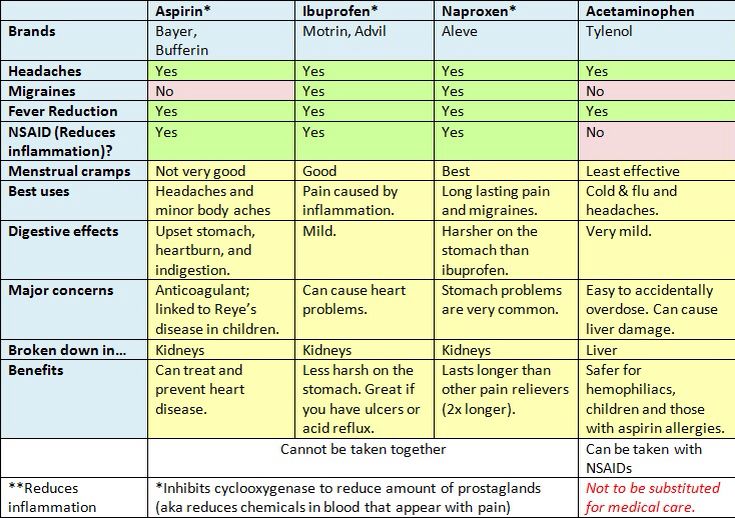
Warfarin is one of the drugs that can dissolve blood clots and thin the blood. It was accidentally opened at 1920 years on US farms after a mysterious epidemic of livestock deaths that ate rotten hay. Subsequently, it was used as rat poison, and it was not until the early 1950s that it began to be used for medical purposes after an unsuccessful suicide attempt. Since then, it has remained one of the essential drugs.
Like many other organic molecules, warfarin has two different forms, related to how the tails of its molecule are “turned” relative to each other. They have the same physical and chemical properties, but at the same time they act differently on the body, since many enzymes in our cells are “tuned” to work with only one type of such molecules.
Nobel laureate: “when capitalism enters science, it dies”
15 July 2017, 10:15
For example, there are two variations of warfarin, s-warfarin and r-warfarin. The first acts about five times stronger than the second, for the reason that it better suppresses the work of the enzymes responsible for the synthesis of vitamin K. This creates difficulties in determining the dosage of the drug, since warfarin is produced as a mixture of s- and r-molecules, whose share is not always constant and known in advance.
This creates difficulties in determining the dosage of the drug, since warfarin is produced as a mixture of s- and r-molecules, whose share is not always constant and known in advance.
Russian chemists eliminated this problem by discovering chains of reactions that make it possible to obtain either only s-warfarin or r-warfarin. To do this, they went back in time and studied how coumarin, a substance with the smell of freshly cut grass, interacts with various organic substances and turns into a “cattle killer”, the culprit of the mysterious death of cows in the 1920s.
The essence of their idea was very simple – scientists expected that organic catalysts, like other substances inside the body, would interact with only one of the two variants of coumarin, turned in the “correct” direction, and produce only one type of warfarin molecule.
Biologists from Russia have learned how to turn on “DNA repair” in cancer cells
April 10, 2018, 11:02
As it turns out, there is a whole set of similar molecules, different variations of ammonia compounds and isoquinoline, an aromatic hydrocarbon, that work in a similar way. The best versions of them produce almost pure warfarin of one type or another. Only 1% of the molecules, as the experiments of Russian chemists showed, were turned in the “wrong” direction.
The best versions of them produce almost pure warfarin of one type or another. Only 1% of the molecules, as the experiments of Russian chemists showed, were turned in the “wrong” direction.
In the future, as noted by Kucherenko and his colleagues, it will be possible to receive not only warfarin, but also many other drugs, such as chloramphenicol, rolipram and paroxetine.
A hematologist named effective ways to thin the blood without drugs
Plots:
VMEda exclusives
Society
Photo: Natalia Nechaeva / Vechernyaya Moskva
Thrombosis causing heart attacks and strokes is the cause half of the deaths in the world. The situation has only worsened during the coronavirus pandemic. Therefore, doctors recommend adding foods to the diet that thin the blood and prevent the formation of blood clots.
Risk group
According to hematologist Dmitry Evseev, most often the development of the pathological process is associated with a violation of blood clotting that occurs for various reasons. A special risk group, as the expert noted, includes pregnant women, overweight people, diabetics, smokers and those who have chronic diseases.
A special risk group, as the expert noted, includes pregnant women, overweight people, diabetics, smokers and those who have chronic diseases.
— For example, women who have recently given birth and who are pregnant develop varicose veins in the lower extremities, which can lead to blood clots. The risk of developing pathology also increases with chronic heart failure, when blood stagnation occurs in the systemic circulation, the doctor said.
Cancer patients and women taking hormonal contraceptives are also at risk. With obesity, the likelihood of developing pathology increases tenfold.
Water
The main way to reduce the risk of dangerous blood clots is anticoagulants – drugs that thin the blood. However, they should only be taken as directed by a doctor. Otherwise, they can lead to ulcers and even bleeding. One of the safest ways to normalize the process of blood flow in the body, according to the doctor, is to drink water.
A nutritionist named quick ways to lower blood cholesterol without drugs
A nutritionist named quick ways to lower blood cholesterol without drugs
— One and a half to two liters a day will help restore fluid balance in the body, — the source of “VM” clarified.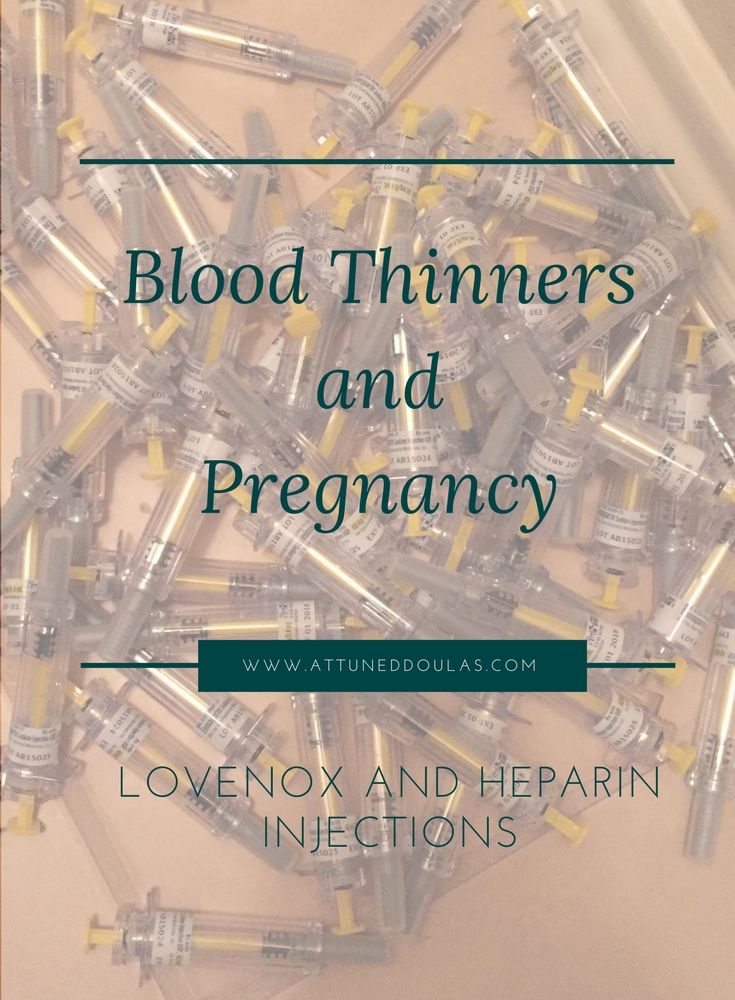
Blood clotting, according to Evseev, is often observed in people who drink little liquid. In this case, we are talking about pure water, and not juices, tea or coffee.
Fruits and vegetables
Some fruits and vegetables restore vascular tone and improve the functioning of the circulatory system. They should be included in the diet of every person, the hematologist notes.
– Thrombosis often leads to heart attacks and strokes, which is the cause of half of the deaths in the world. The coronavirus is making this situation even worse. Therefore, you need to eat foods that normalize vascular tone, hemoglobin levels and are a natural measure for the prevention of heart attacks and strokes, the doctor advised.
An immunologist explained why Russians with a negative test for COVID-19 end up in hospitals
An immunologist explained why Russians with a negative test for COVID-19 end up in hospitals
The doctor included citrus fruits, pomegranate, ginger, garlic and beets in this list.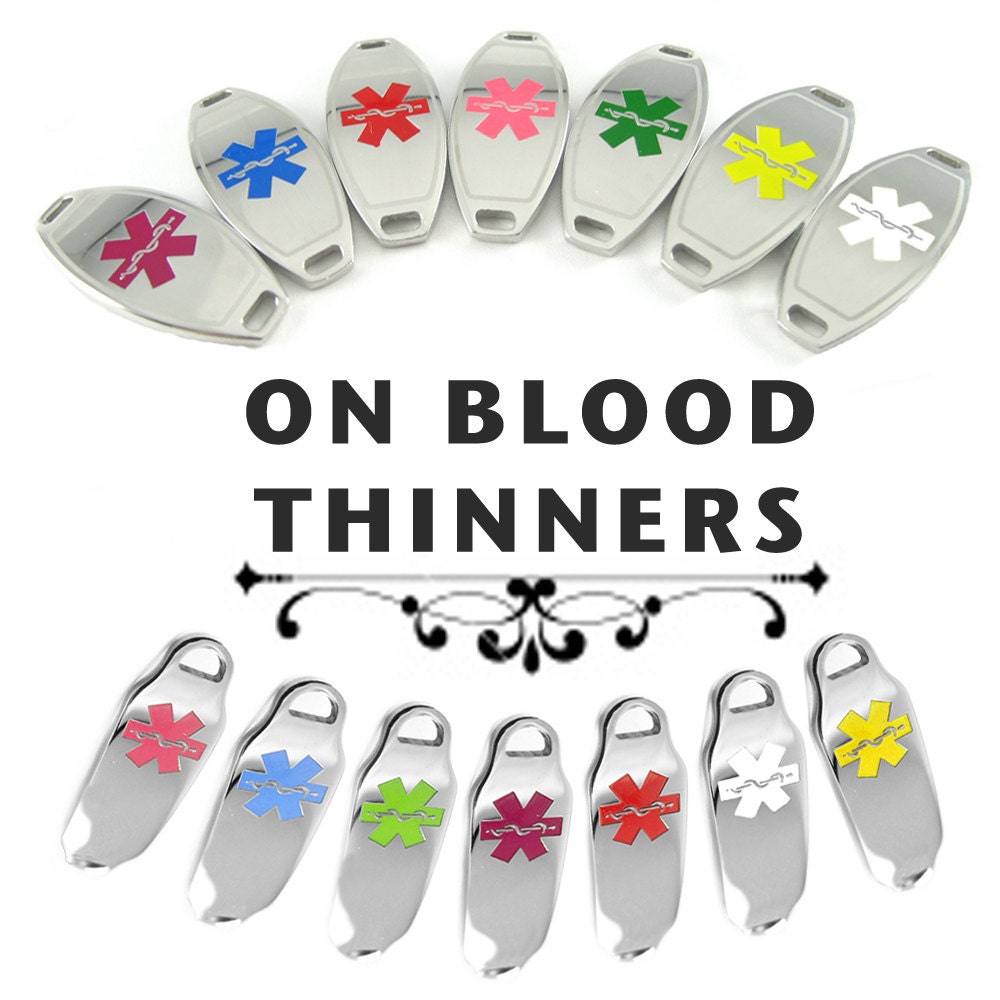 They contain phytoncides, ascorbic acid and selenium, which improve heart function and reduce blood viscosity, Evseev explained.
They contain phytoncides, ascorbic acid and selenium, which improve heart function and reduce blood viscosity, Evseev explained.
Berries
Various berries improve blood circulation and prevent the formation of clots, the hematologist said.
– There are several types that can be used on a regular basis if there are no contraindications. The leader in the number of nutrients and vitamins is mulberry. It helps to reduce the number of atherosclerotic plaques and blood clots in the body, as it contains ascorbic acid and essential oils. Viburnum, raspberries and currants are not inferior in their useful properties to mulberry. These berries also have a beneficial effect on the functioning of blood vessels, the doctor said.
Evseev noticed that the leaves of berry bushes also have useful properties. They can be brewed and consumed in the form of hot drinks for the prevention of vascular diseases.
What to avoid
Some foods and habits, on the contrary, increase blood viscosity.
— Incorrect eating habits can cause problems in the first place. For example, an unbalanced diet, which consists mainly of carbohydrates and fatty foods. All this aggravates the situation of the patient. Excessive consumption of alcoholic beverages is also not good, the doctor warned.
Nutritionist Ginzburg lists foods that reduce the risk of thrombosis
Nutritionist Ginsburg listed foods that reduce the risk of thrombosis
Alcohol, according to him, causes platelets to stick together. The judgment that strong drinks help thin the blood is only partially true, the doctor said. To obtain this effect, it is enough to drink a safe daily dose of alcohol, which is no more than 30 grams of vodka or 100 grams of red wine. Excessive consumption of alcohol dehydrates the body and increases the likelihood of thrombosis.
There is a direct connection between smoking and the development of atherosclerosis, Evseev noted. Nicotine constricts blood vessels, which contributes to the development of thrombosis.
